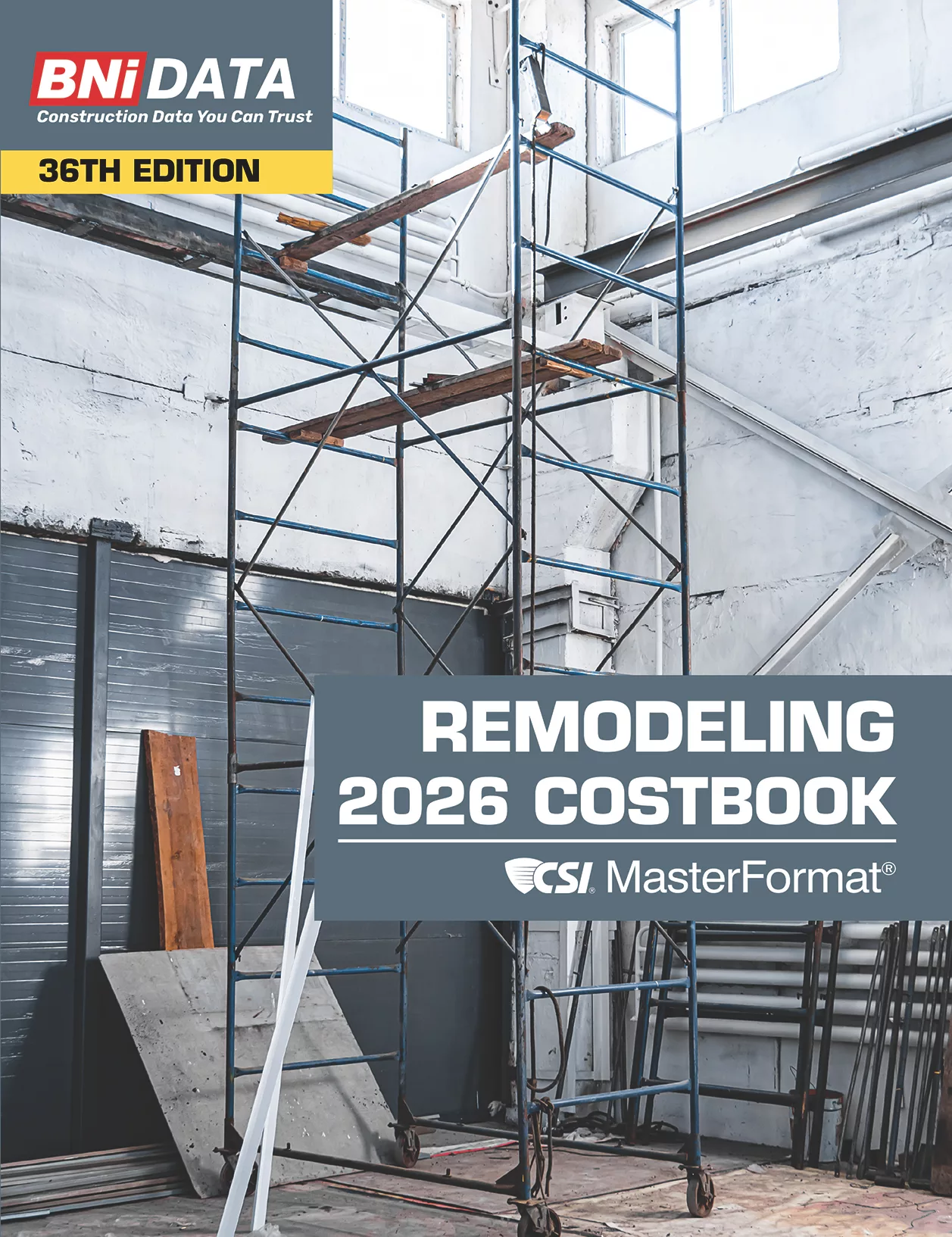Housing and Remodeling Market Fluctuations in 10 Years + COVID-19



The housing and remodeling markets are extremely reactionary, going up or down in direct correlation with both internal and external factors. It’s possible to track these highs and lows over time to get a sense of where the market is going based on where it’s been. This includes taking a look at past swings such as the 2010 foreclosure crisis and current conditions brought on by the current circumstances caused by COVID-19.
The current dive in both the remodeling and housing indexes brought on by the crisis has left many people wondering what the future will look like for both sectors. In order to understand how the market may be able to rebound, Fixr created two graphics for both the housing and the remodeling market index, which depict the trends that these two markets have taken up to since 2010. By taking a look at the way that the market has responded to past events, it may help builders and homeowners make plans for the future.
What Are HMI and RMI?
The Housing Market Index (HMI) is a report put out by the National Alliance of Home Builders and Wells Fargo. It keeps track of the past, current, and future predictions of the market as it rises and falls. It does this by rating the present conditions and extrapolating what the next six months will look like.
The National Association of Home Builders also keeps track of the remodeling industry with their Remodeling Market Index (RMI). Like the HMI, this index tracks past, present, and future predictions for the market. They keep track of industry movement by the quarter, and update the index accordingly.
It’s interesting to note that the RMI tends to do well even when the HMI is doing badly. This is because when the housing market drops, many homeowners decide to invest in their current properties. Likewise, even when the housing market is doing well, the remodeling market tends to follow, as people fix up their homes prior to selling or shortly after purchase.
Housing Market Index vs. Remodeling Market Index
As you can see from this graphic, the HMI rises and falls over time, usually in relation to other events, such as the foreclosure crisis of 2010, the record low mortgage rates that followed, and the more recent decrease in buyer demand due to higher rates and a renewed interest in renting.
You can also see that in the first quarter of 2020, the market took a sharp drop back to the levels of the 2010 with the pandemic causing a major sell off of homes, with a lack of corresponding purchases caused by economic uncertainty.
Prospective buyers, home sales, and predictions for the future tend to stay close together, following one another up and down across the graph. It’s interesting to note that there is currently little variation between them, and that all three have therefore fallen together in the current housing climate.
Now, a quick glance at the RMI graphic shows many of the same highs and lows. You can compare with the HMI graph to see how one has affected the other over the years, with the RMI rising slightly as the HMI falls. The two markets are technically independent of one another, but are affected by similar outside sources.
Like the HMI, the RMI graphic shows both the current status as well as predictions for the future. It’s interesting to note that even when the RMI tends to dip overall, its predictions for the future usually trend upward due to the optimistic nature of this market.
Current Trends
Both the housing and remodeling industries took a sharp drop in the first quarter of 2020 in reaction to the current economic downturn, with the housing market dropping to the same levels as the foreclosure crisis of 2010. While normally this means a rise in remodeling, many people may be uncertain about contractors entering their homes or they may be uncertain about their future incomes, leading to a drop off in remodeling.
What’s interesting to note is that current remodeling market conditions did not drop along with the index or the future predictions. Instead, current conditions rose slightly in the first quarter. This could be due to projects that had already been underway that people were reluctant to put on hold until things have settled.
What makes the future of both industries so difficult to predict is the unclear nature of how the pandemic will resolve and what kind of lasting impact it may have on the economy. As people remain uncertain about their income or job status, they may remain cautious when proceeding with purchasing or undertaking an expensive remodel for their home, which is reflected in the six month predictions currently being made in both graphs.
Predictions are not set in stone nor do they foretell the future, however; the markets may rebound quickly or they may remain at these levels. While the indexes have always been used as a future predictor in the past, it remains unclear whether they will be able to do so with any accuracy this time around.
Paying Attention to Market Trends
It’s important to watch these kinds of market trends, particularly during times like these when the market slows. This can help you make informed decisions of your own for investments, purchases, and other industry-related projects. Builders may want to scale back or watch the current market index in the next quarter more closely to help make predictions of their own, while homeowners looking to sell may want to wait until the market rebounds at least slightly to avoid going underwater.
Pay attention to these trends as the current crisis unfolds so you can make better decisions regarding your own future investments and movements within both industries.
Looking for a reprint of this article?
From high-res PDFs to custom plaques, order your copy today!







